The EQ family will arrive in force this year, with the compact Mercedes-Benz EQA one of the models with the greatest sales potential, despite its high price, starting at around 50,000 euros (estimated value) in our country.
BMW and Audi were quicker to reach the market with their first 100% electric models, but Mercedes-Benz wants to regain ground in 2021 with no fewer than four new vehicles from the EQ family: EQA, EQB, EQE and EQS. Chronologically — and also in terms of segment scale — the first is the EQA, which I had the opportunity to conduct briefly this week in Madrid.
First, we look at what visually distinguishes it from the GLA, the combustion-engine crossover with which it shares the MFA-II platform, almost all of the exterior dimensions, plus the wheelbase and ground height, which is 200 mm , typically SUV. In other words, we are not yet facing the first Mercedes with a platform specifically developed for an electric car, which will only happen towards the end of the year, with the top of the range EQS.
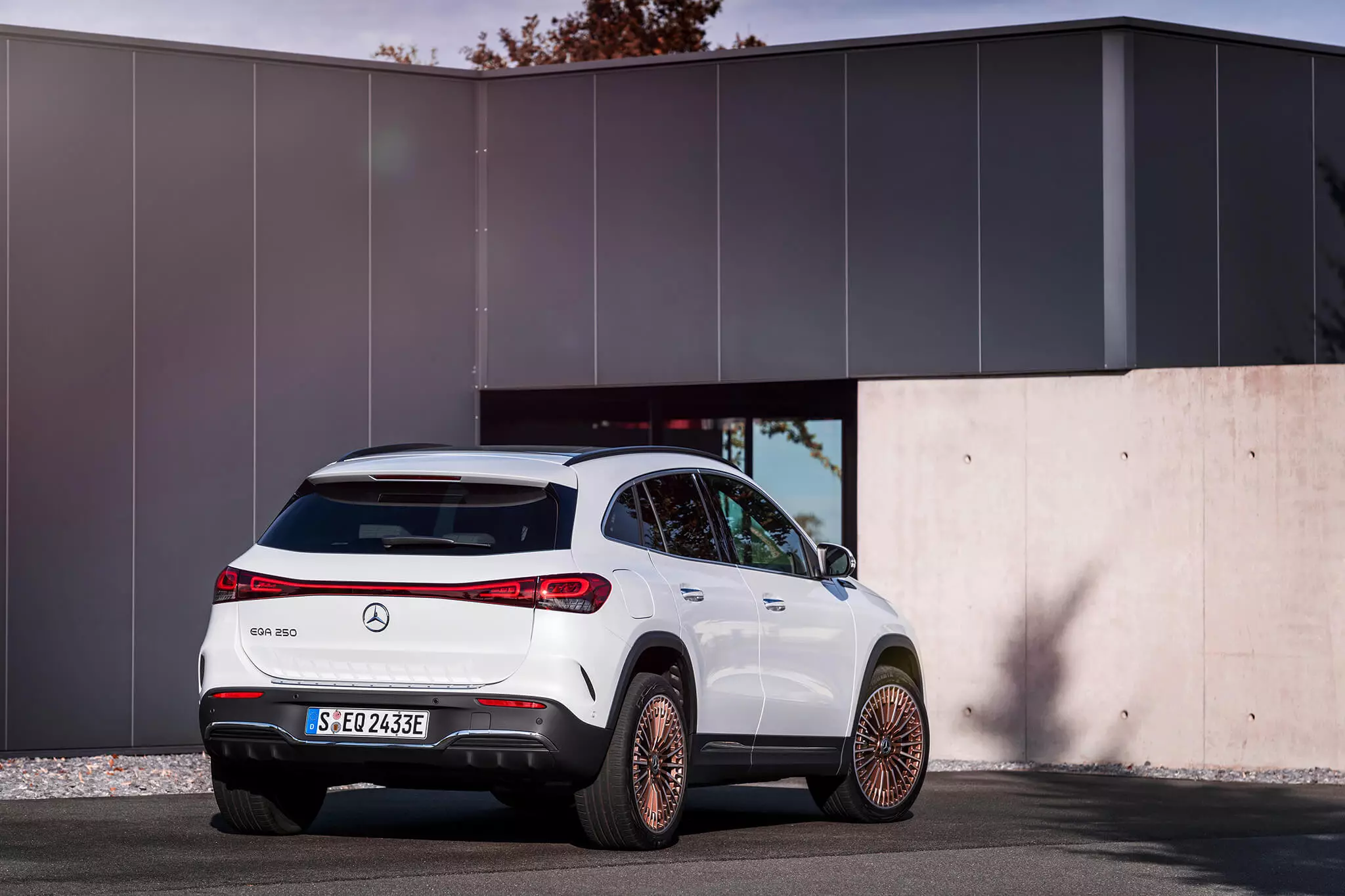
On the "nose" of the Mercedes-Benz EQA we have the closed grille with a black background and the star positioned in the center, but even more evident is the horizontal fiber optic strip that joins the daytime driving lights, the LED headlights at both ends of the front and rear.
At the rear, the license plate went down from the tailgate to the bumper, noting the small blue accents inside the optics or, already demanding much more attention, the active shutters on the lower part of the front bumper, which they are closed when there is no need for cooling (which is less than in a car with a combustion engine).
Identical but also different
The standard suspension is always four-wheel independent, with a system of multiple arms at the rear (optionally it is possible to specify adaptive electronic shock absorbers). Regarding the GLA, new adjustments were made to the shock absorbers, springs, bushings and stabilizer bars in order to achieve a road behavior similar to that of the other combustion engine versions — the Mercedes-Benz EQA 250 weighs 370 kg more than a GLA 220 d with equal potency.
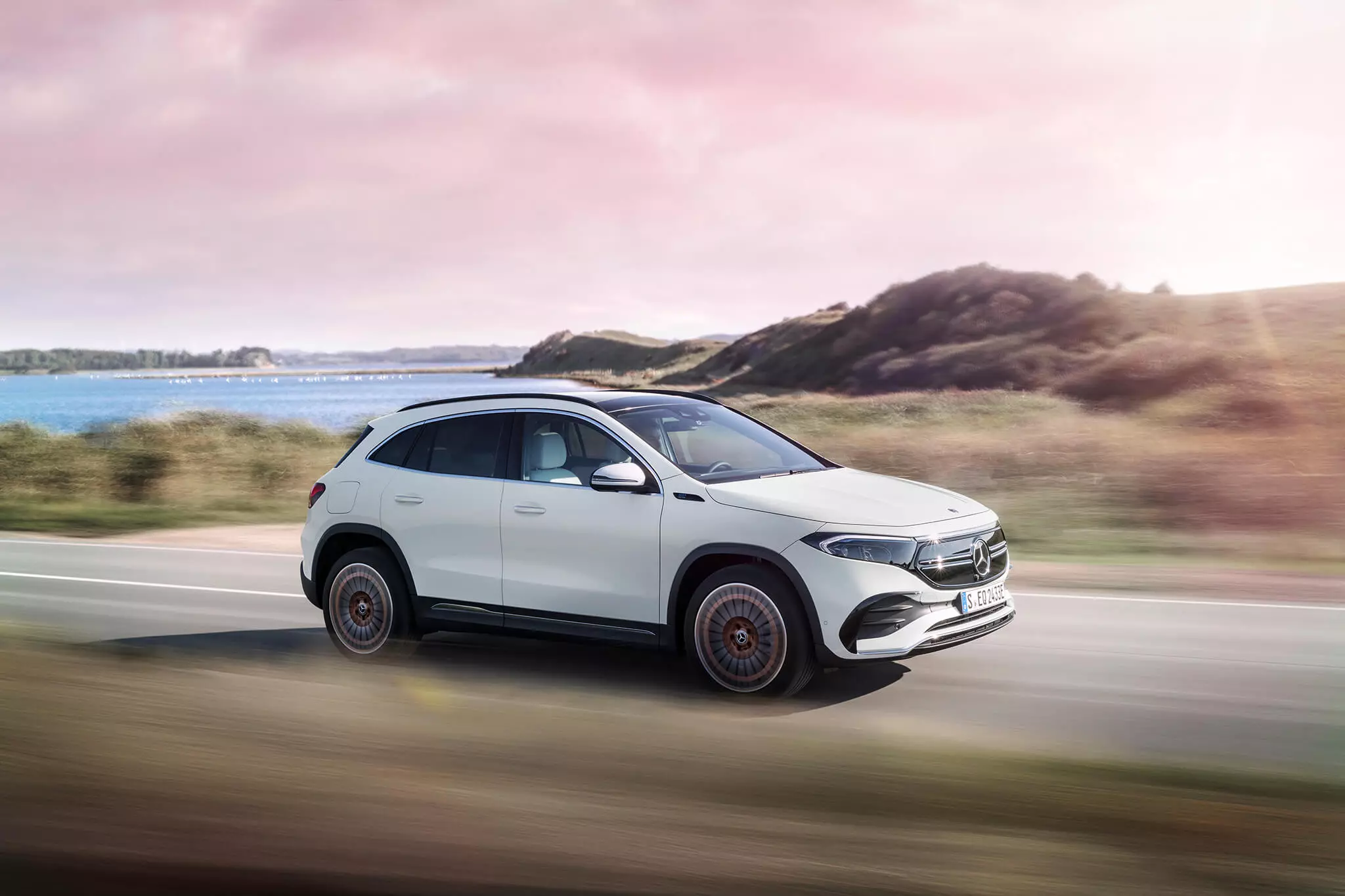
The dynamic tests of the Mercedes-Benz EQA were, in fact, centered on these chassis adjustments because, as Jochen Eck (responsible for the Mercedes-Benz compact model test team) explains to me, “the aerodynamics could be totally fine-tuned virtually, once that this platform has already been tested a lot over the years and the launch of several bodies”.
Subscribe to our newsletter
The experience behind the wheel of the Mercedes-Benz EQA 250 took place in the Spanish capital, after the snow at the beginning of January had passed and the roads were stripped of the white blanket that made some Madrid's people have been having fun going down the Paseo de Castellana on skis. It took 1300 km to connect the two Iberian capitals by road on the same day, but being the safest way to travel (no airports or planes...) and taking into account the possibility of touching, entering, sitting and guiding the new EQA, the effort was well worth it.
The impression of solidity in the assembly is created in the cabin. At the front we have two tablet-type screens of 10.25” each (7” in entry versions), arranged horizontally side by side, with the one on the left with instrument panel functions (the display on the left is a wattmeter and not a meter -rotations, of course) and the one on the right of the infotainment screen (where there is a function to visualize charging options, energy flows and consumptions).
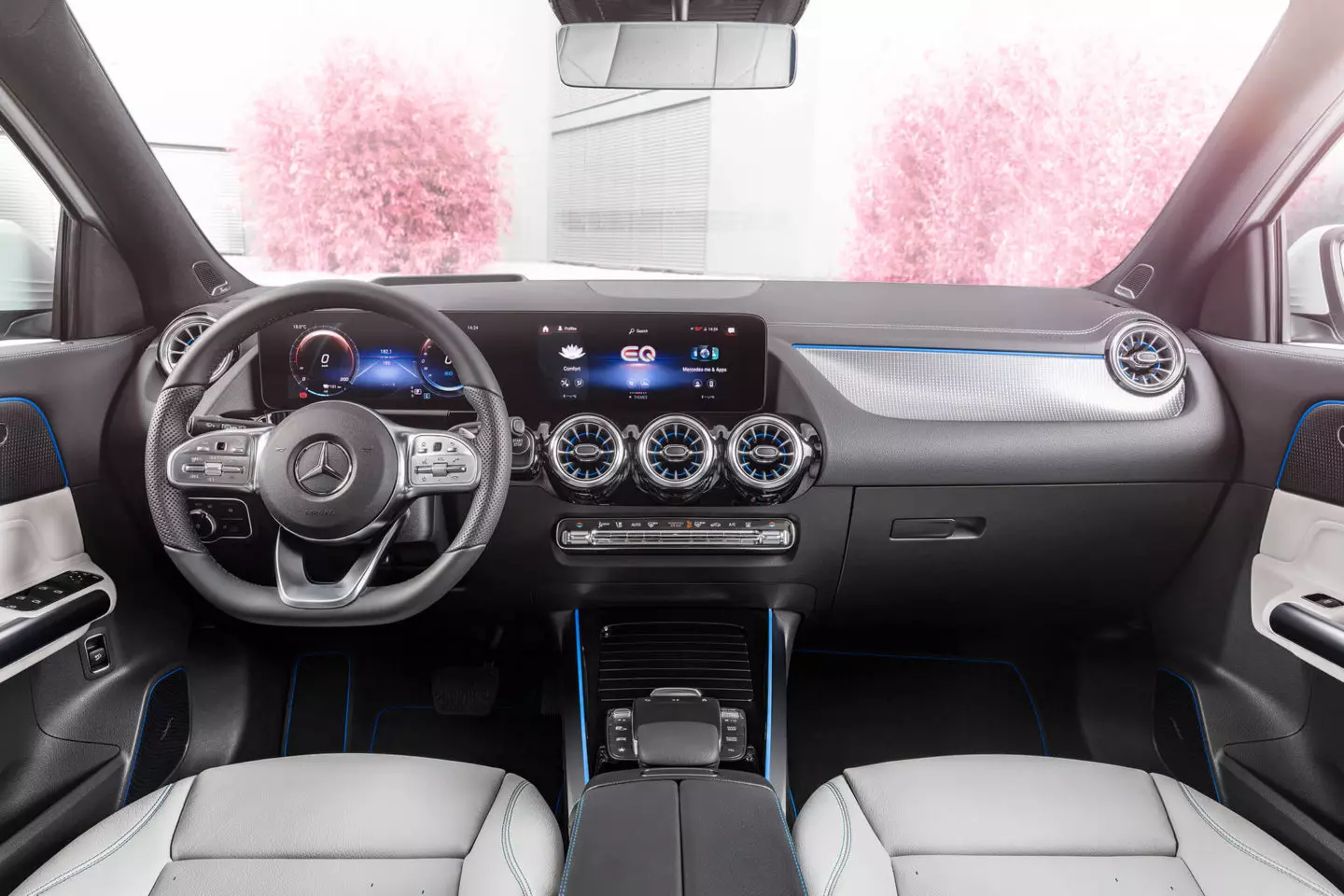
It is noticed that, as in the larger EQC, the tunnel below the center console is bulkier than it should be because it was designed to receive a gearbox (in versions with combustion engine), being here almost empty, while the five ventilation outlets with the well-known airplane turbine air. Depending on the version, there may be blue and rose gold appliqués and the dashboard in front of the front passenger can be backlit, for the first time in a Mercedes-Benz.
Higher rear floor and smaller trunk
The 66.5 kWh battery is mounted under the floor of the car, but in the area of the second row of seats it is higher because it was placed in two superimposed layers, which generates the first change in the passenger compartment of the compact SUV. Rear passengers travel with legs/feet in a slightly higher position (it has the advantage of making the central tunnel in this area lower or, even if not, it seems, the floor around it is higher ).
The other difference is in the volume of the luggage compartment, which is 340 liters, 95 liters less than on a GLA 220 d, for example, because the luggage compartment floor also had to rise (underneath are electronic components).
In terms of habitability there are no more differences (meaning that five people can travel, with more limited space for the central rear passenger) and the rear seat backs also fold in a 40:20:40 ratio, but a Volkswagen ID.4 — a potential rival — is clearly more spacious and “open” on the inside, which is because it was born from scratch on a dedicated platform for electric cars. On the other hand, the Mercedes-Benz EQA has a better overall quality perceived in the interior.
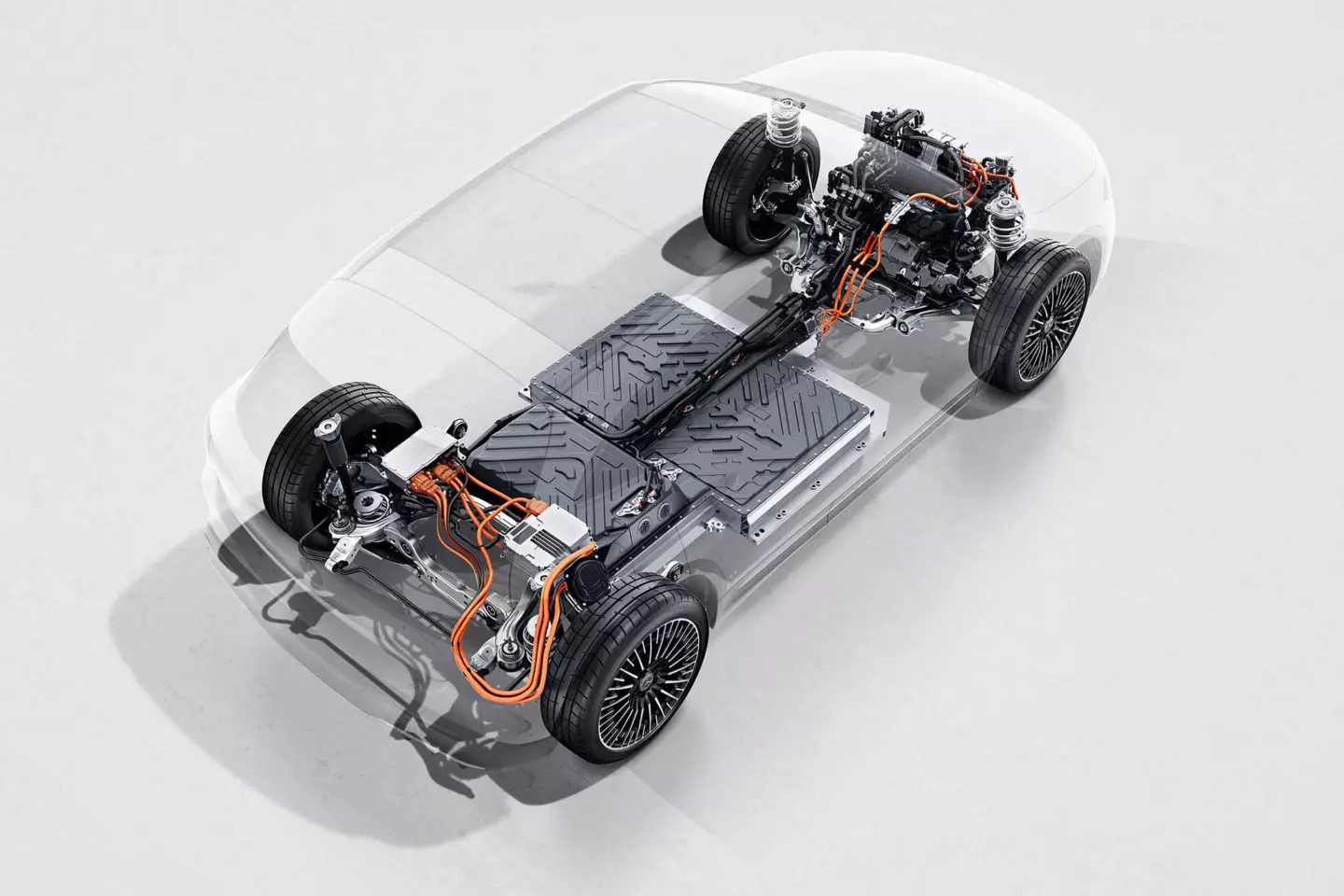
perks on board
The driver has a series of unusual perks in a car of this segment if we consider the dimensions (which is less true if we take into account its price…). Voice commands, head-up display with Augmented Reality (option) and instrumentation with four types of presentation (Modern Classic, Sport, Progressive, Discreet). On the other hand, colors change according to driving: during a stronger acceleration of energy, for example, the display changes to white.
Right on the entry level, Mercedes-Benz EQA already has high-performance LED headlamps with adaptive high-beam assistant, electric opening and closing tailgate, 18-inch alloy wheels, 64-colour ambient lighting, door -double cups, luxurious seats with adjustable lumbar support in four directions, reversing camera, multifunction sports steering wheel in leather, MBUX infotainment system and navigation system with “electric intelligence” (warns you if you need to make any stops for loading during the programmed journey, it indicates the charging stations on the way and indicates the necessary stop time depending on the charging power of each station).
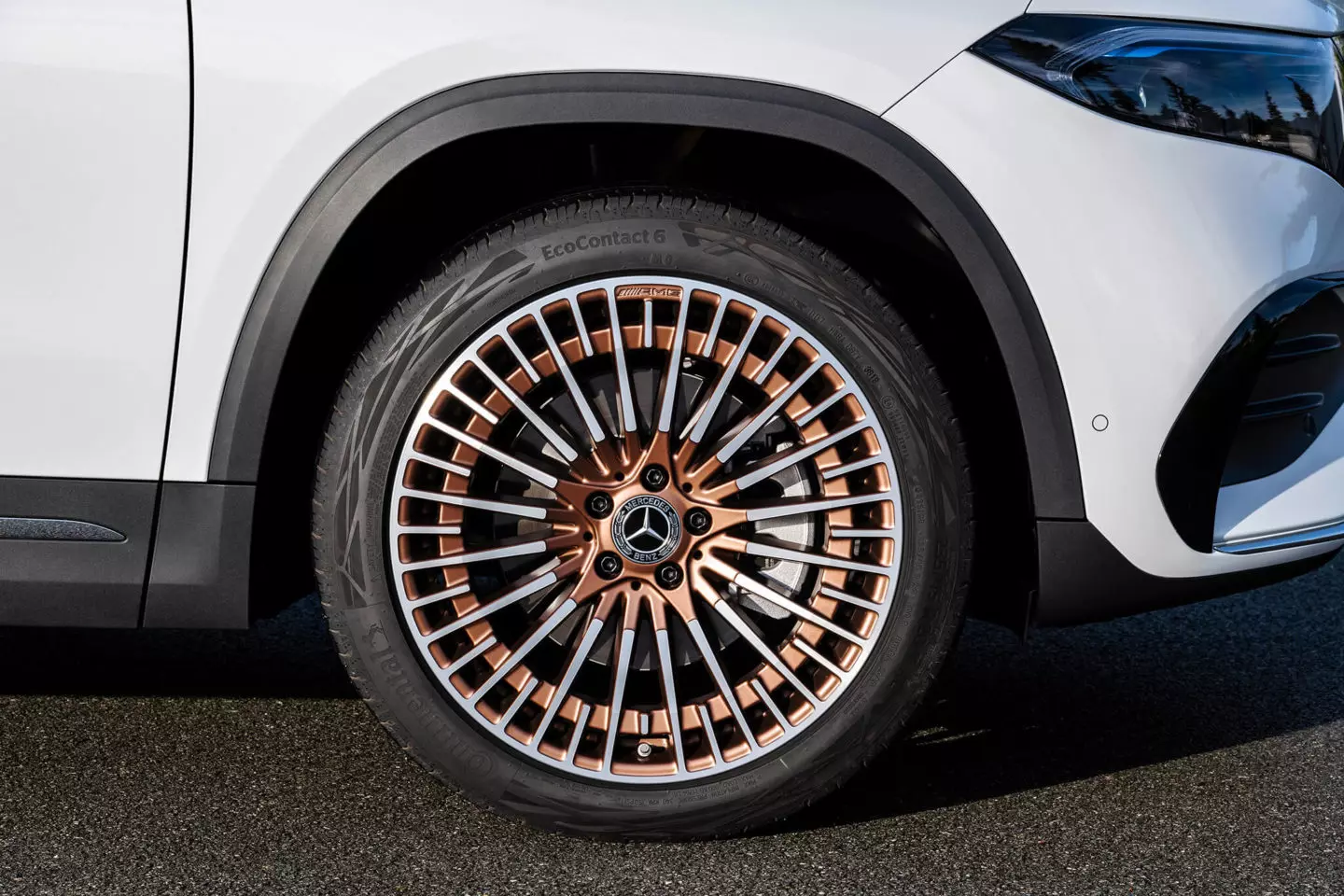
Load the EQA
The on-board charger has a power of 11 kW, allowing it to be charged in alternating current (AC) from 10% to 100% (three-phase in Wallbox or public station) in 5h45min; or 10% to 80% direct current (DC, up to 100 kW) at 400 V and minimum current of 300 A in 30 minutes. A heat pump is standard and helps keep the battery close to its ideal operating temperature.
Front wheel drive or 4×4 (later)
On the steering wheel, with a thick rim and cut-off lower section, there are tabs to adjust the level of energy recovery by deceleration (the left one increases, the right one decreases, in levels D+, D, D- and D–, listed by weakest for the strongest), when electric motors start to function as alternators where their mechanical rotation is converted into electrical energy used to charge the battery — with a warranty of eight years or 160 000 km — while the car is in motion.
When sales begin this spring, the Mercedes-Benz EQA will only be available with a 190 hp (140 kW) and 375 Nm electric motor and front-wheel drive, which is precisely the version I have in my hands. Mounted on the front axle, it is of the asynchronous type and is next to the fixed gear transmission, differential, cooling system and electronics.
A few months later a 4×4 version arrives, which adds a second engine (at the rear, synchronous) for an accumulated output equal to or greater than 272 hp (200 kW) and which will use a larger battery (in addition to some "tricks" for improve aerodynamics) as the range is extended to more than 500 km. The variation in torque delivery by the two axles is automatically regulated and adjusted up to 100 times per second, with priority being given to rear-wheel drive whenever possible, as this engine is more efficient.
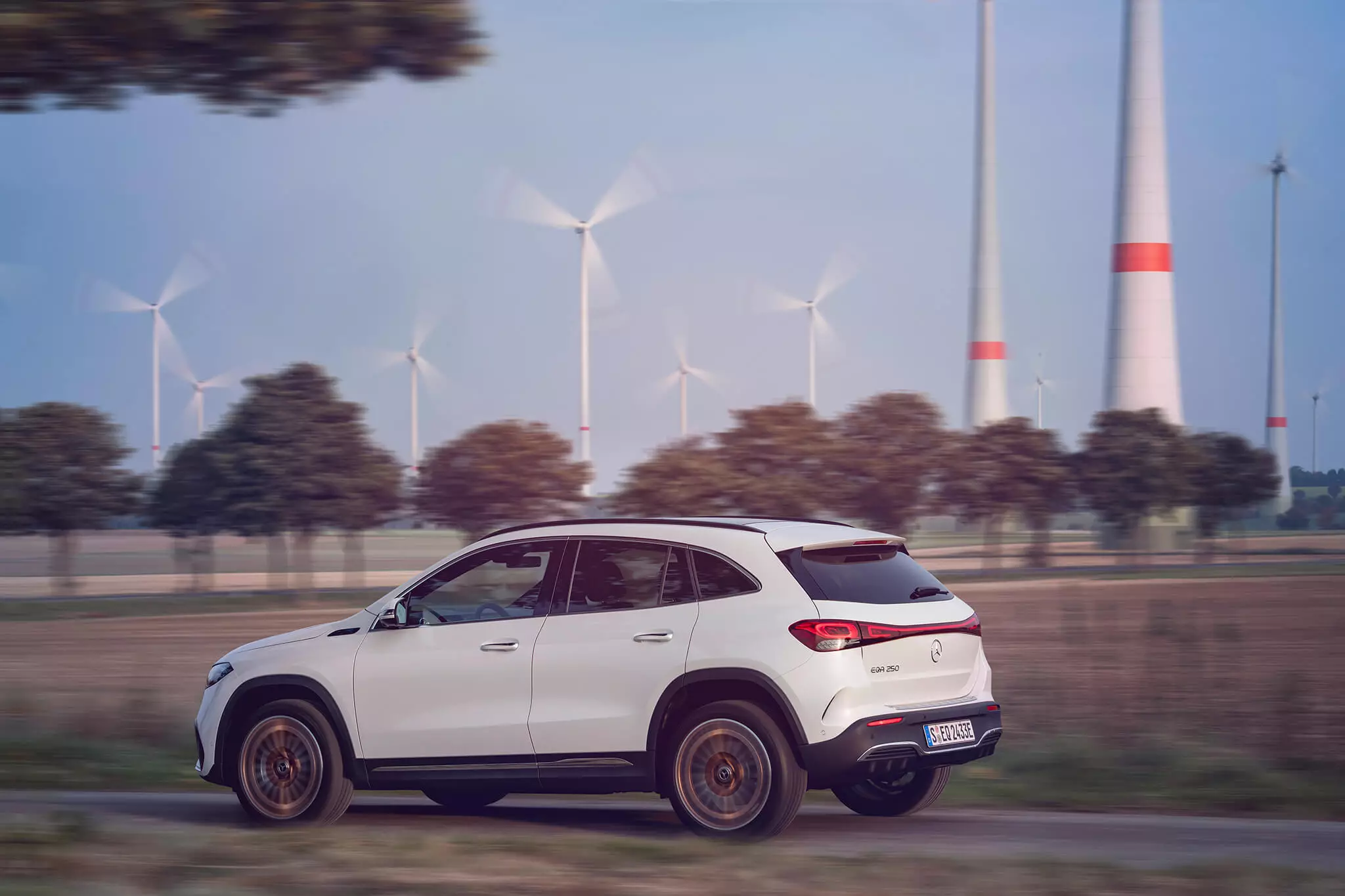
Drive with only one pedal
In the first kilometers, the EQA impresses with its silence on board, even by the already very high standards of an electric car. It is noticed, on the other hand, that the car's movement changes a lot according to the chosen recovery level.
It is easily possible to practice driving “one pedal” (the accelerator pedal) in D–, so that a little practice allows you to manage the distances so that the braking is done by the mere release of the right pedal (not at this stronger level strange if passengers nod slightly when this is done).
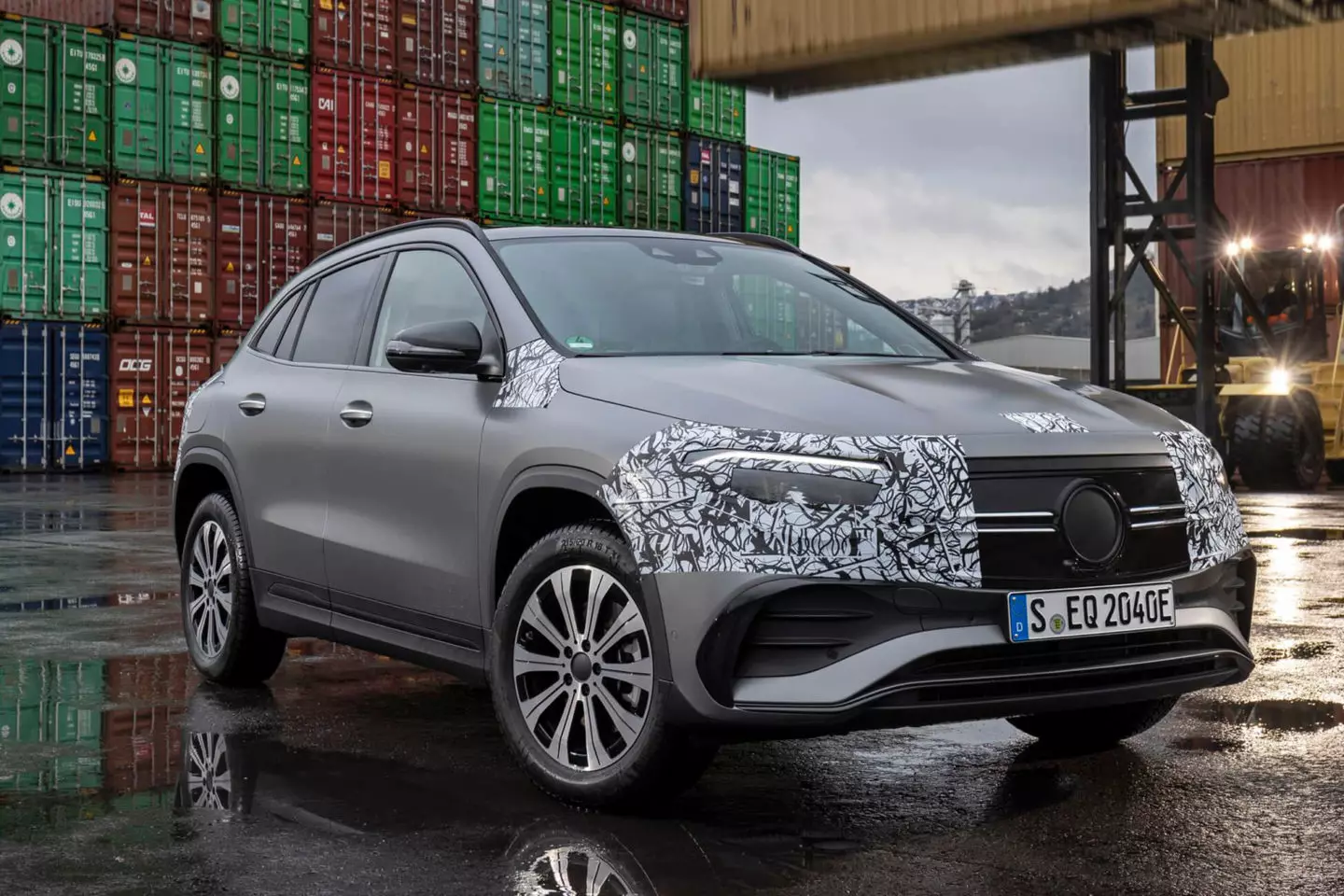
The unit that we had the opportunity to try out soon.
In the available driving modes (Eco, Comfort, Sport and Individual) of course the most energetic and fun mode is the Sport, although the Mercedes-Benz EQA 250 is not made for freak accelerations.
It shoots, as usual with electric cars, with enormous vigor up to 70 km/h, but the time from 0 to 100 km/h in 8.9s (slower than the 7.3s spent by the GLA 220d) and the top speed of just 160 km/h — against the 220 d's 219 km/h — you can tell it's no race car (with a weight of two tons it wouldn't be easy). And it's even better to drive in Comfort or Eco, if you have aspirations of achieving an autonomy that doesn't fall far below the promised 426 km (WLTP).
The steering proves to be sufficiently precise and communicative (but I would like there to be greater difference between the modes, especially the Sport, which I found very light), while the brakes have a more immediate “bite” than in some electric cars.
The suspension can't hide the massive weight of the batteries, feeling it's a little drier on reactions than a GLA with a combustion engine, even though it can't be considered uncomfortable on poorly maintained asphalts. If so, select Comfort or Eco and you won't be too startled.
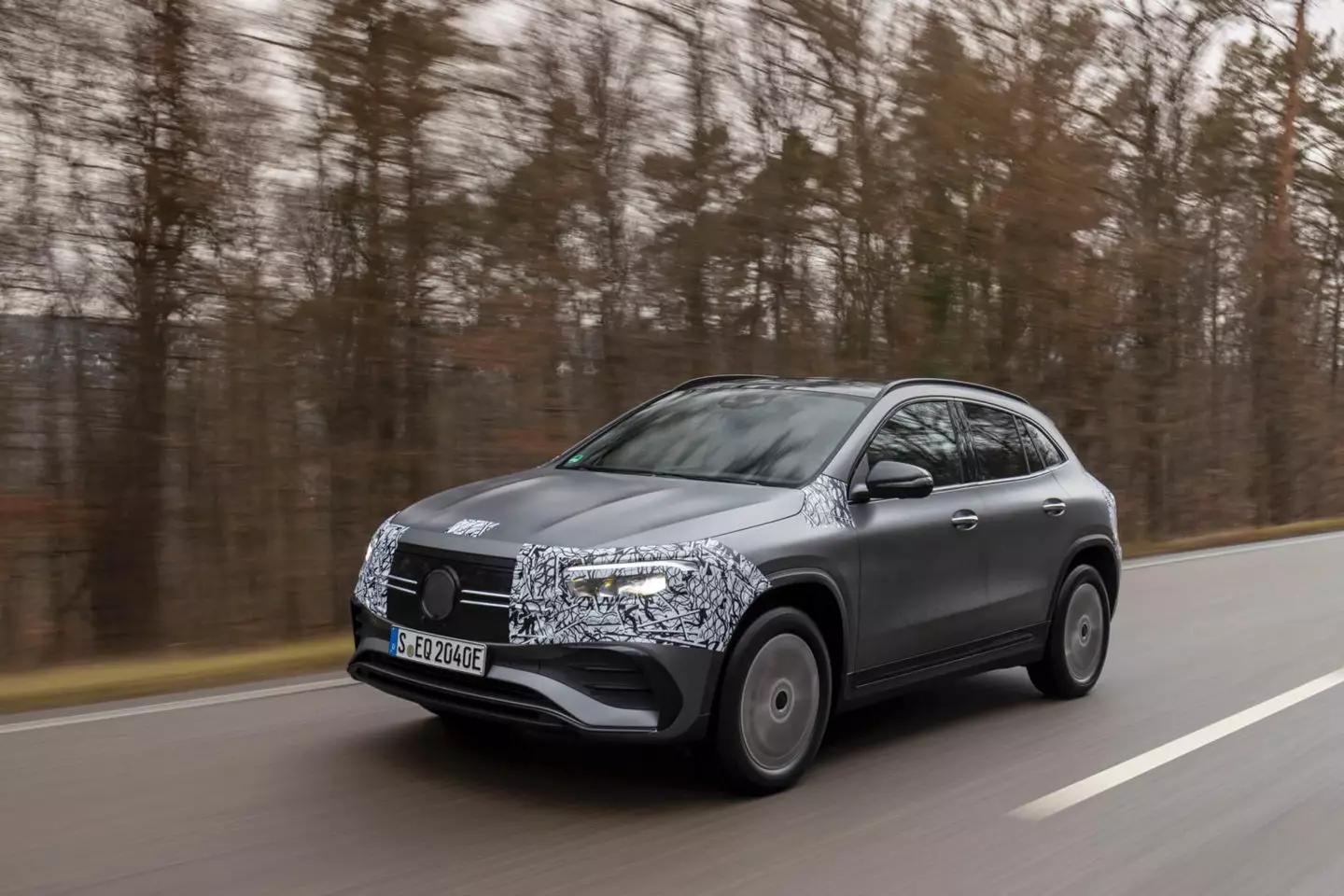
Technical specifications
| Mercedes-Benz EQA 250 | |
|---|---|
| electric motor | |
| Position | transverse front |
| power | 190 hp (140 kW) |
| Binary | 375 Nm |
| Drums | |
| Type | lithium ions |
| Capacity | 66.5 kWh (net) |
| Cells/Modules | 200/5 |
| Streaming | |
| Traction | Forward |
| Gear box | Gearbox with a ratio |
| CHASSIS | |
| Suspension | FR: Regardless of MacPherson type; TR: Regardless of the Multiarm type. |
| brakes | FR: Ventilated discs; TR: Disks |
| Direction/Diameter Turning | Electrical assistance; 11.4 m |
| Number of steering turns | 2.6 |
| DIMENSIONS AND CAPACITIES | |
| Comp. x Width x Alt. | 4.463 m x 1.849 m x 1.62 m |
| Between axles | 2.729 m |
| trunk | 340-1320 l |
| Weight | 2040 kg |
| Wheels | 215/60 R18 |
| BENEFITS, CONSUMPTION, EMISSIONS | |
| Maximum speed | 160 km/h |
| 0-100 km/h | 8.9s |
| Combined consumption | 15.7 kWh/100 km |
| Combined CO2 emissions | 0 g/km |
| Maximum autonomy (combined) | 426 km |
| Loading | |
| charge times | 10-100% in AC, (max.) 11 kW: 5h45min; 10-80% in DC, (max.) 100 kW: 30 minutes. |
